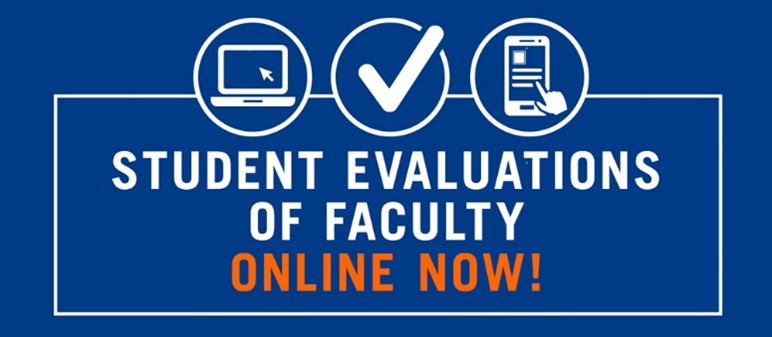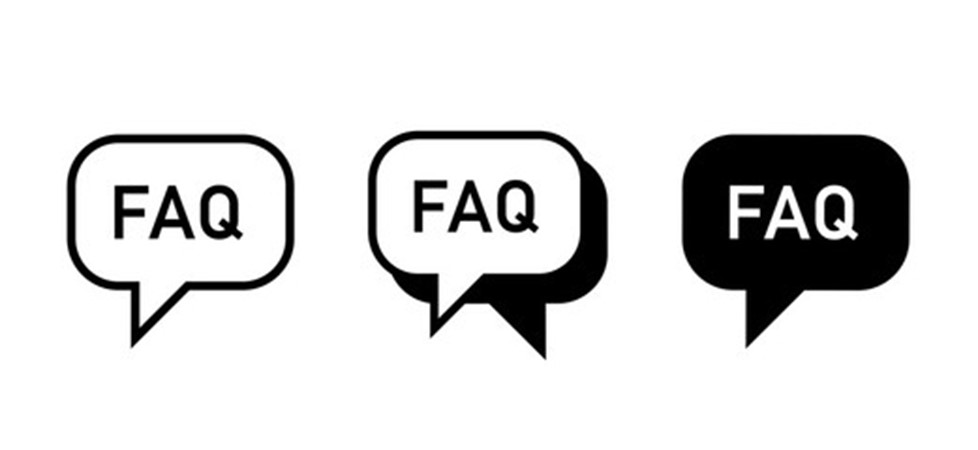Online Course
NRSG 794 - Introduction to the Nursing Faculty Role
Module 3: The Nursing Faculty Role
Faculty Evaluation
As in most professional positions, periodic performance evaluation of teaching is an integral part of the faculty role. This evaluation takes place in multiple ways with varying frequency, but at least annually. Course evaluations have a section on faculty evaluation as well as evaluation of the course itself. At UMSON, we refer to these as FEQs (faculty) and CEQs (course). In this section, the following will be reviewed: Course Evaluations, Peer Review, Other Types of Evaluation. Faculty Evaluation at the UMSON will be described as an example of how it is handled in a large nursing school on an Academic Health Science Campus.

Course Evaluations
One of the most frequently used sources of evaluation of teaching is students. You are likely to be familiar with the types of student evaluations students at UMSON are asked to complete. These evaluation questionnaires deal with similar content and, perhaps surprisingly, are exactly the same items for all courses taught in the in the school from BSN through doctoral programs. There is a very good reason for that as this standardization allows for comparison of student ratings across types of courses and across faculty.

1. Are evaluations confidential?
Students can really add other comments and suggestions in their responses to the open-ended questions. Those are very helpful to the individual teachers when evaluations are returned to them. One of the things that students may wonder about which might make them reluctant to complete these evaluations is whether their comments really are confidential.
At the UMSON, I can assure you that they are! Forms are completed online and are completely secure. The data you enter is computerized so that your name is not linked to the form you submit in any way. The report that individual faculty members get for their courses is totally anonymous unless you write something that indicates your identity on it.
2. Where do the evaluations go, and who sees them?
First, since they are completed electronically, these files are sent to an outside company that calculates the numerical evaluations, prepares the narrative comments students write, and sends them to the Schools’ Director of Evaluation, Dr. Chen, who sends these results to the specific faculty member and his/her Chair. These data are indeed anonymous unless identifying information is included in the responses written!
3. Are evaluations important to faculty?
Yes! Your evaluations, comments, and suggestions are truly valued by the faculty and course you are evaluating! They provide information about what students think needs to be improved, added, deleted, or changed. The one thing that is disappointing about this end of semester (summative feedback) evaluation is that the semester is over and you are your peers will have no opportunity to benefit from any changes made. Future students will benefit, though, as faculty incorporate feedback for “next time”! Constructive suggestions or comments made during the semester (formative feedback), are usually welcomed by faculty and everyone may get some benefit during the current course, depending on the scale and feasibility of the suggested changes.
Peer Review
Faculty who are applying for promotion need to include evidence of peer review of their teaching. One of these may come from another faculty member in their department or program, or perhaps from another expert faculty member. An administrative review of teaching by the faculty’s supervisor and/or Chair is also required for faculty members who are seeking promotion. The same aspects of teaching are typically evaluated by all doing who do the peer review. Here is an example of a peer review tool for teaching.
Other Types of Faculty Evaluation
Nursing schools and programs vary in both the types and frequency of evaluation. That will be something that you will want to learn about as you take a faculty position. First and foremost, know to whom you report as that is most likely the person who will be doing your individual evaluation. Typically it is the Chair of the Department you are in.
Regardless of the structure of the evaluation, it is an important part of academic life just as it is in a clinical setting. It can be an index of your progress and your readiness to apply for promotion.
Faculty Evaluation at UMSON
At the UMSON, faculty members are evaluated on an annual basis. Faculty members complete several documents to be included in the evaluation. These include:
Faculty Productivity and Progress Report – This document is a measure of a faculty members productivity throughout the year. It asks a number of questions about the quantity of various things that you added to your CV in the year. Included are things like number of publications, presentations, courses taught, grants received, number of student advisees, number of department, school, and campus committees you serve on, etc.
A Self-Evaluation – Each year, faculty write objectives for the coming year in the areas of teaching, research/scholarship, and service. The self-evaluation is a report of whether each of these was met. Expanding on your success is always appropriate if objective was met! If the objective was not met, the reasons why not are to be reported.
Objectives for the coming year in teaching research/scholarship, and service.
These documents are prepared and submitted to the Chair or Director of the Department in which you hold an appointment. That person reviews the documentation submitted and then writes an evaluation from their perspective. The faculty member and person to whom they report then have a meeting where the content of these documents are discussed. They also agree on the faculty member’s objectives for the coming year. Generally these meetings are quite positive and productive with an opportunity to discuss career growth and professional development.
As you see, this is another place where the CV plays a role. That is a reason to continue to add relevant entries to your CV as they happen; that way it never becomes a burden to update and it is always ready for use.
This website is maintained by the University of Maryland School of Nursing (UMSON) Office of Learning Technologies. The UMSON logo and all other contents of this website are the sole property of UMSON and may not be used for any purpose without prior written consent. Links to other websites do not constitute or imply an endorsement of those sites, their content, or their products and services. Please send comments, corrections, and link improvements to nrsonline@umaryland.edu.